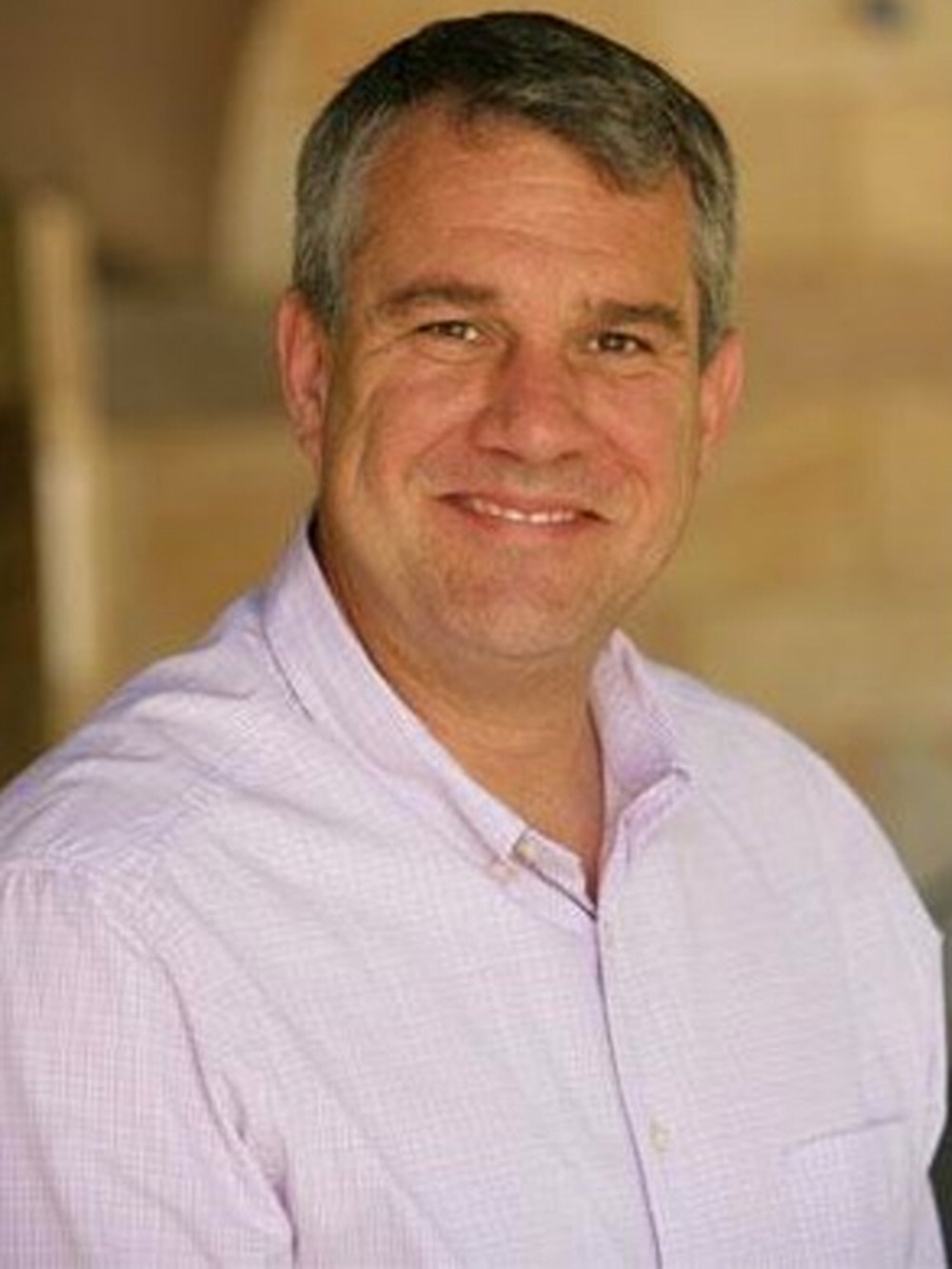
Dr Christopher Rae Jacobs 1965–2018 (Editor Journal of Computer Methods in Biomechanics and Biomedical Engineering)
Dr Christopher Jacobs was an acclaimed Scientist and Academic who was recognised as a leading international contributor within the fields of biomedical engineering and computational biomechanics. He gained his BSc (1988) in Systems Science/Mathematics from Washington University and his MSc (1989) and PhD (1994) in Mechanical Engineering from Stanford University. He held positions at Stanford University and Pennsylvania State University before joining the Department of Biomedical Engineering at Columbia University New York. His work on computational algorithms applied to the solution of complex bioengineering problems developed rapidly and encompassed bone remodelling, cell and molecular mechanics, mechanotransduction and osteoporosis therapies. He was one of very few researchers who had an in-depth knowledge base that encompassed both computational and laboratory based biomechanics. I remember his delight in presenting the movement of primary cilia after videoing a single cell. A testament to this exceptional skill is shown in a recent publication in the Journal of Cell Biology dated 12 July 2018.
Having overarched the boundaries of medical science, computational mechanics and biological process Christopher’s legacy in innovative research is well documented through many journal publications, proceedings and book chapters together with the invited and Plenary lectures delivered at International meetings and Congresses. Indeed his book, with H Huangand R Y Kwon, an ‘Introduction to Cell Mechanics and Mechanobiology’ is a must read for those studying cell structure and function and has been the pathway for many young scientists entering bioengineering. As a result of this output he was awarded the coveted ASME Van C Mow medal in 2014. This was not only for his research contribution but for leadership in mentoring young bioengineers where he will leave an indelible mark into the future. This was followed in 2016 by the Richard Skalak Award for best paper in the ASME Journal of Biomechanical Engineering along with Julia Chen.
I met Christopher when he visited Wales to attend the first International CMBBE symposium in 1992. At the time he was a young researcher at Stanford University working with Dennis Carter and was determined to form links and progress the development of computational biomechanics. We became close friends and the rest as they say is history. Within a few years Christopher became involved in organising the CMBBE symposium series and then co-editor of the Journal Computer Methods in Biomechanics and Biomedical Engineering which with his input has become a leader in this field. Christopher had his own agenda, was a prankster and sometimes left you in no doubt what was in his mind concerning individuals, research output, laboratory techniques, publishers and university administrators alike. An excellent overview of this was given by his family, friends and close colleagues at his recent memorial service at Columbia University in September 2018. His spirit and courage was also shown in great depth when he attended his last CMBBE symposium in Lisbon in March 2018 where he met with his many co-workers and colleagues from around the world.
His contribution, direction and impact in biomechanics are recognised internationally and his passing at the peak of his career leaves us all with the question of how his future output and initiatives would have influenced the subject area. Christopher passed away on the 1st July and is survived by his wife Claire and his daughter Rae who was born on July 3rd 2018. He will be missed greatly by his family and all who knew him and worked with him.
Emeritus Professor, Cardiff University,Wales, UK
[email protected]
